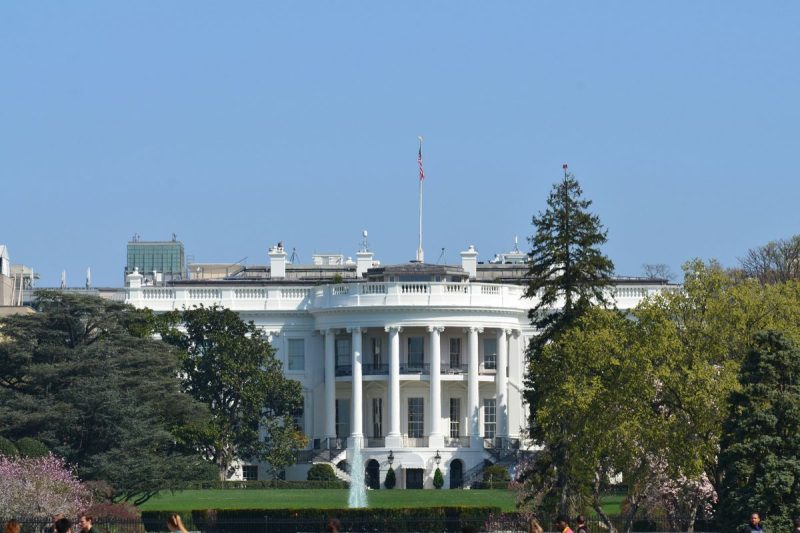
Global Race: US Falls Behind in Mine Development Speed Compared to Competitors
The global mining sector plays a vital role in the economic development of many countries by providing essential raw materials for various industries. In recent years, there has been a noticeable disparity in mine development times between the United States and other countries, with the U.S. lagging behind in this aspect compared to its global counterparts.
Several factors contribute to the slower mine development times in the U.S. One of the key challenges is the complex regulatory environment surrounding mining activities. Stringent environmental regulations, permitting requirements, and community consultations can significantly delay the development of new mining projects. These regulatory hurdles often lead to lengthy approval processes, creating additional barriers for companies looking to initiate mining operations in the U.S.
Moreover, land access issues also pose a significant challenge to mine development in the country. Competition for land use, overlapping land claims, and disputes with indigenous communities can hinder the acquisition of mining rights and delay project timelines. The intricate land tenure system in the U.S. further complicates the process of securing land for mining activities, contributing to the prolonged mine development times in the country.
Additionally, the U.S. mining industry faces infrastructure constraints that can impede the efficient development of mining projects. Inadequate transportation networks, limited access to energy sources, and outdated mining infrastructure can all contribute to delays in project implementation. The lack of comprehensive infrastructure planning and investment further exacerbates the challenges faced by mining companies operating in the U.S.
In contrast, many other countries have streamlined regulatory processes, transparent permitting systems, and supportive government policies that enable faster mine development times. Countries with clear and predictable regulatory frameworks attract investment in the mining sector by offering a conducive environment for companies to initiate and advance mining projects efficiently. By prioritizing infrastructure development, these countries also ensure that mining activities are well-supported by reliable transportation networks and essential services.
To address the issue of slow mine development times in the U.S., stakeholders must collaborate to streamline regulatory processes, improve land access mechanisms, and invest in critical infrastructure. Enhancing coordination among federal, state, and local authorities can help reduce bureaucratic inefficiencies and expedite the approval of mining projects. Promoting stakeholder engagement and community consultation is crucial for building trust and obtaining social license for mining activities.
Furthermore, strategic planning and investment in infrastructure are essential to enhance the competitiveness of the U.S. mining industry. Developing robust transportation networks, upgrading energy infrastructure, and modernizing mining facilities can significantly improve the efficiency and cost-effectiveness of mining operations in the country. By prioritizing these measures, the U.S. can overcome the challenges that contribute to slow mine development times and create a more conducive environment for mining investments.
In conclusion, addressing the underlying factors that contribute to slow mine development times in the U.S. requires concerted efforts from government, industry, and communities. By streamlining regulatory processes, improving land access mechanisms, and investing in infrastructure, the U.S. can enhance its competitiveness in the global mining sector and attract more investment to support sustainable resource development. Fostering collaboration and innovation will be key to unlocking the full potential of the U.S. mining industry and ensuring its long-term success in the global market.
